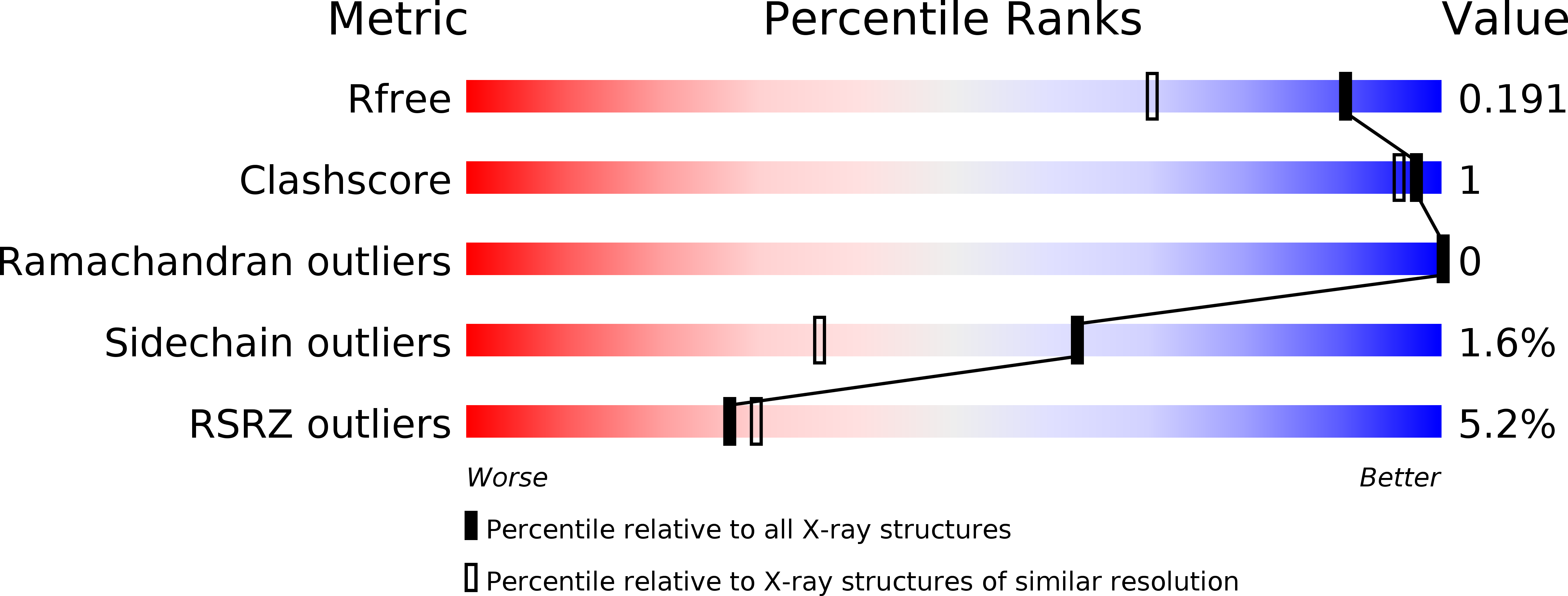
Deposition Date
2019-04-23
Release Date
2020-04-29
Last Version Date
2024-03-13
Entry Detail
PDB ID:
6OOD
Keywords:
Title:
Structure of the pterocarpan synthase dirigent protein PsPTS1
Biological Source:
Source Organism:
Pisum sativum (Taxon ID: 3888)
Host Organism:
Method Details:
Experimental Method:
Resolution:
1.50 Å
R-Value Free:
0.19
R-Value Work:
0.16
R-Value Observed:
0.16
Space Group:
P 21 3


